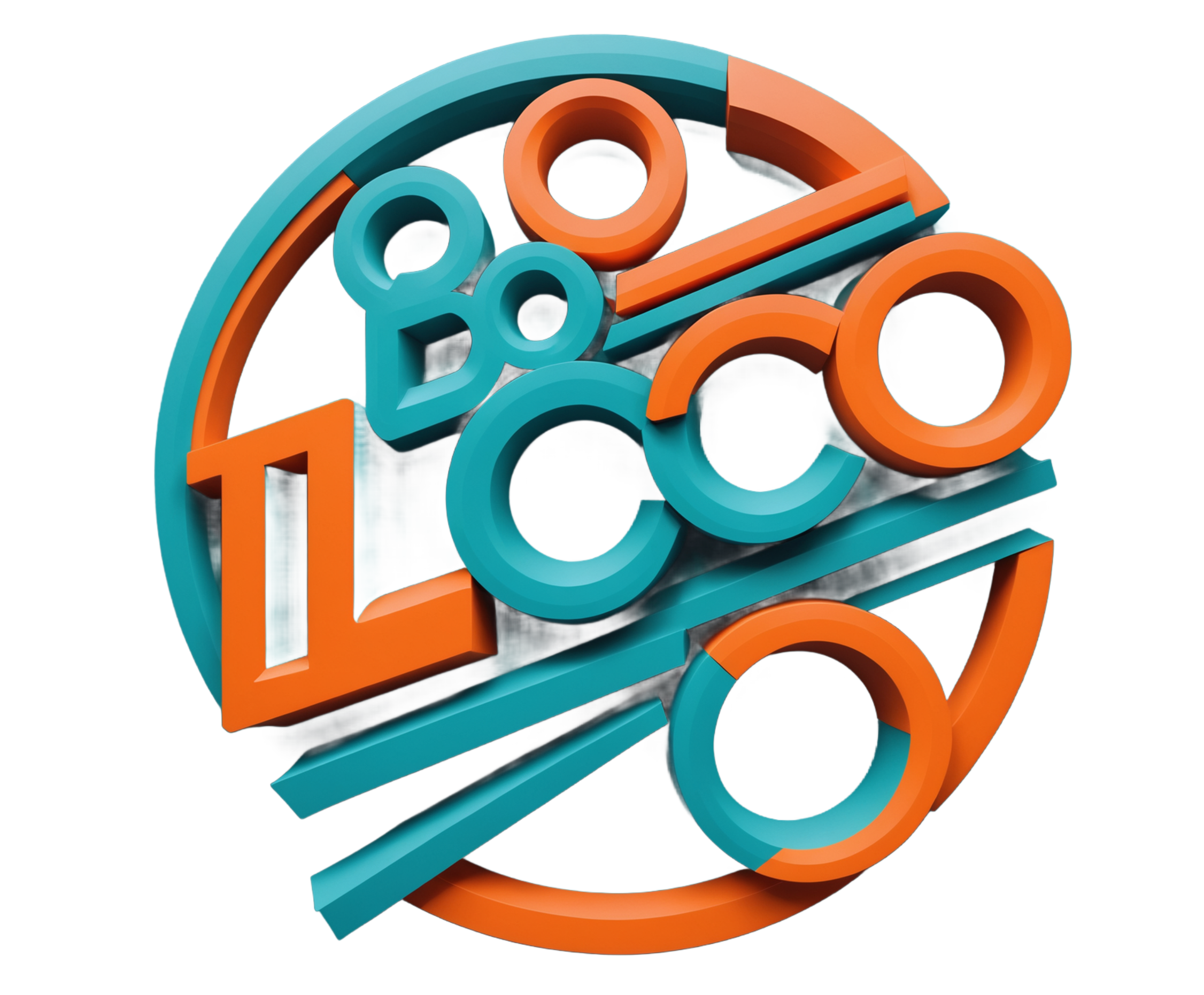Location data has transformed the way advertisers connect with consumers, providing the ability to target audiences with precision and measure the real-world impact of campaigns. However, not all location data is created equal. By understanding the nuances between data types, attribution methods, and creative strategies, marketers can unlock the full potential of location-based marketing. Let’s explore how, with real-world examples and Do Loco’s unique perspective.
Geo-Location vs. Beacon Data: Different Tools for Different Goals
When it comes to location data, two primary types lead the way: geo-location data and beacon data. Each has unique strengths and limitations that make them suitable for different aspects of a campaign.
- Geo-Location Data relies on GPS signals, Wi-Fi networks, or IP addresses to determine where users are. It offers a broad, scalable view of audience movement, making it ideal for large-scale campaigns targeting users near retail stores, shopping malls, or event venues.
- Beacon Data, on the other hand, uses Bluetooth signals from small, localized transmitters. This hyper-precise method allows brands to engage consumers inside a specific location, like an aisle of a store or a concert venue. For example, retailers can use beacons to push personalized notifications to customers who have opted in to their app while shopping in-store.
Case Study: A luxury retailer installed beacons in its flagship stores to deliver hyper-personalized promotions to app users as they browsed specific departments. The result was a 25% increase in in-store conversions during the campaign period.
However, beacon data alone falls short when it comes to scale. It’s limited to capturing data from users who are physically near the beacons and have Bluetooth enabled. This is where probabilistic data becomes invaluable, allowing marketers to extend their reach beyond direct interactions.
Bridging the Gap with Deterministic and Probabilistic Data
Beacon data often relies on deterministic data, which is derived from explicit user actions like app opt-ins or shared location permissions. Deterministic data is accurate and reliable, making it perfect for delivering highly personalized experiences, such as notifying a shopper about a promotion when they’re in-store.
However, deterministic data alone cannot provide the scale needed for broader campaigns. To address this, marketers use probabilistic data, which employs signals like Wi-Fi networks, IP addresses, and device IDs to infer user locations. For instance, while deterministic data can pinpoint an exact store visit, probabilistic data can map broader consumer patterns, such as how often a shopper frequents a mall or whether they pass by a competitor’s store regularly.
Case Study: A national QSR chain combined deterministic app data with probabilistic signals from Wi-Fi networks and IP addresses to target commuters passing by its locations during peak hours. The campaign increased store visits by 18%, proving the value of blending the two data types.
Creative Uses of Location Data in Campaigns
The power of location data isn’t just in targeting—it’s in how creatively it’s applied. When used effectively, location data can help brands stand out and even conquest competitors. Here’s how:
- Conquesting Competitors: Brands can target consumers near competitor locations by delivering timely ads or promotions. For example, a coffee shop could send a discount offer to users within a rival’s parking lot, enticing them to make the switch.Case Study: A fitness brand geo-fenced its competitor’s gym locations, targeting users with offers for free trial memberships. Within three months, 30% of new sign-ups came from the competitor’s audience.
- Event-Based Geo-Targeting: Create geo-fences around events, such as music festivals or sports games, to capture highly engaged audiences. Ads could promote relevant products or services, such as hydration drinks for marathon participants or merchandise for concertgoers.Case Study: An athletic wear brand geo-targeted attendees at a marathon event, offering exclusive discounts on running gear. Post-campaign analysis revealed that 45% of conversions came directly from the event audience.
- Weather-Based Campaigns: Use real-time weather data to tailor location-specific messaging. For instance, on a rainy day, a retailer could promote umbrellas and rain gear to nearby shoppers.
- Loyalty and Retargeting: Brands can use location data to reward loyal customers or re-engage lapsed ones. By identifying frequent visitors or those who haven’t been back in months, marketers can deliver personalized offers to drive store visits.
Tracking Foot Traffic with Attribution Partners
Location-based marketing isn’t complete without measurement. That’s where location attribution partners come in. These platforms help brands connect the dots between their digital ads and real-world actions, such as store visits or event attendance.
Using location attribution, marketers can track foot traffic driven by their campaigns, identify peak engagement times, and even measure the impact of ads on specific demographic segments.
Case Study: A retail chain worked with a location attribution partner to measure the impact of a holiday campaign. By analyzing foot traffic, they discovered that geo-targeted ads drove 35% of all holiday store visits, leading to a 12% increase in year-over-year sales.
Top Players in Location-Based Marketing and Attribution
The competitive landscape for location data and attribution is robust, with several key players leading the charge:
- Foursquare: Foursquare isn’t just that app you had on your phone 15 years ago anymore, Foursquare has built the most robust solution on the market through acquisitions of Factual and Placed). Known for its comprehensive POI (Point of Interest) data, Foursquare excels at creating precise audience segments based on real-world behavior.
- GroundTruth: A leader in combining deterministic and probabilistic data for targeting and attribution, GroundTruth is particularly adept at bridging the gap between online and offline actions.
- Precisely: You may not have heard their name before but that’s because it’s the new name for PlaceIQ. Offers advanced location intelligence solutions that integrate seamlessly with business analytics tools.With their recent acquisition of Transerve, a company that offers UAV & satellite image photogrammetry, data acquisition & processing, structural monitoring & IoT, and web & mobile GIS solutions, we expect this to be a major player in the space for many years to come.
- Infillion: Another name you may not recognize but this company used to be a combination of True[X] and Gimbal. Specializes in advanced attribution, helping marketers connect ad exposure to offline outcomes like store visits and purchases. Infillion is the only company on this list that supports beacon technology.
The Loco Perspective: Creativity Meets Strategy
At Do Loco, we view location data as more than just a targeting tool—it’s a strategic advantage. By thoughtfully combining deterministic and probabilistic data, we help our clients build campaigns that balance precision and scale. Attribution is critical to proving effectiveness, but what truly sets campaigns apart is creativity.
We don’t just follow the data; we use it to tell compelling stories, outmaneuver competitors, and engage audiences in ways that resonate. Whether it’s creating weather-responsive ads, conquesting competitors, or crafting loyalty-driven strategies, Do Loco transforms location intelligence into results.


